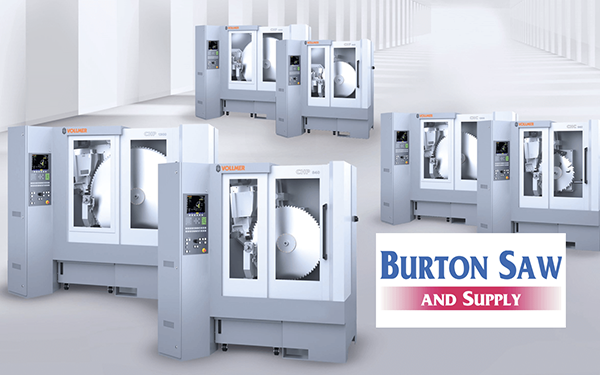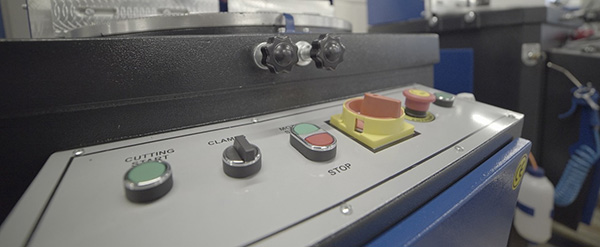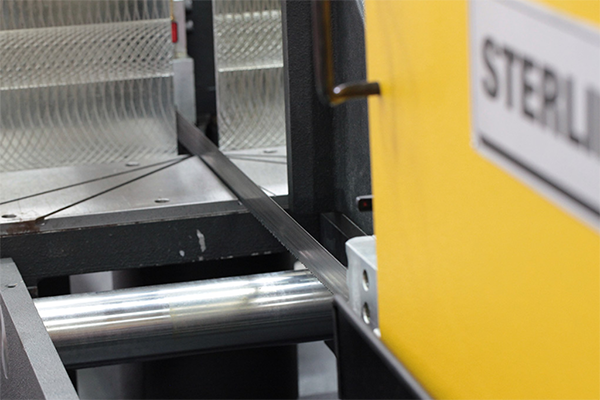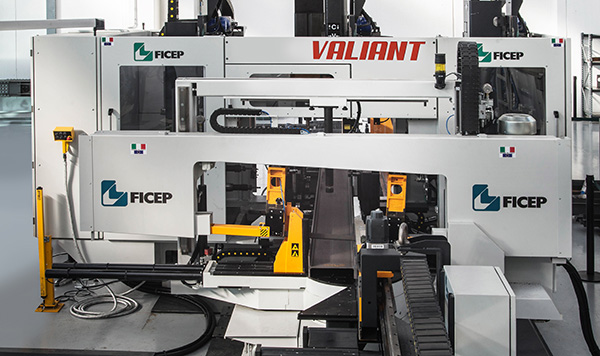Vollmer has struck-up a new business partnership with US-based Burton Saw & Supply. Burton Saw & Supply – along with its affiliates Simonds International, Cut Technologies and BGR Saws – is a producer and marketer of cutting tools and related equipment for the primary wood fibre industry in North America. Due to Burton’s large presence within the saw-mill industry, Vollmer of America has now established a close partnership to respond quickly to market needs with proven and reliable solutions.

While Vollmer machines, as well as spare-part requests within the saw-mill industry, will now be quoted and sold through Burton Saw & Supply, all installation, training, service and warranty work will still be handled by Vollmer of America.
“We believe that the partnership with Burton Saw & Supply will be very beneficial for all parties involved, not only in regard to streamlining communication channels, but most importantly for our customers, who will now get to have a more frequent contact base and improved support system throughout the US and Canada,” states Shannon Fox, North American sales manager at Vollmer of America.
With more than 800 employees worldwide, the Vollmer Group – which was founded in 1909 – has established itself as a specialist in grinding and erosion equipment. The recent launch of the new VLaser 270 has made Vollmer a full-line supplier of tool machining solutions. The North American subsidiary currently counts 26 employees, 19 of which are based out of the Pittsburgh office. The other seven are located throughout the US to cover more ground in sales and service.
For further information www.vollmer-group.com























